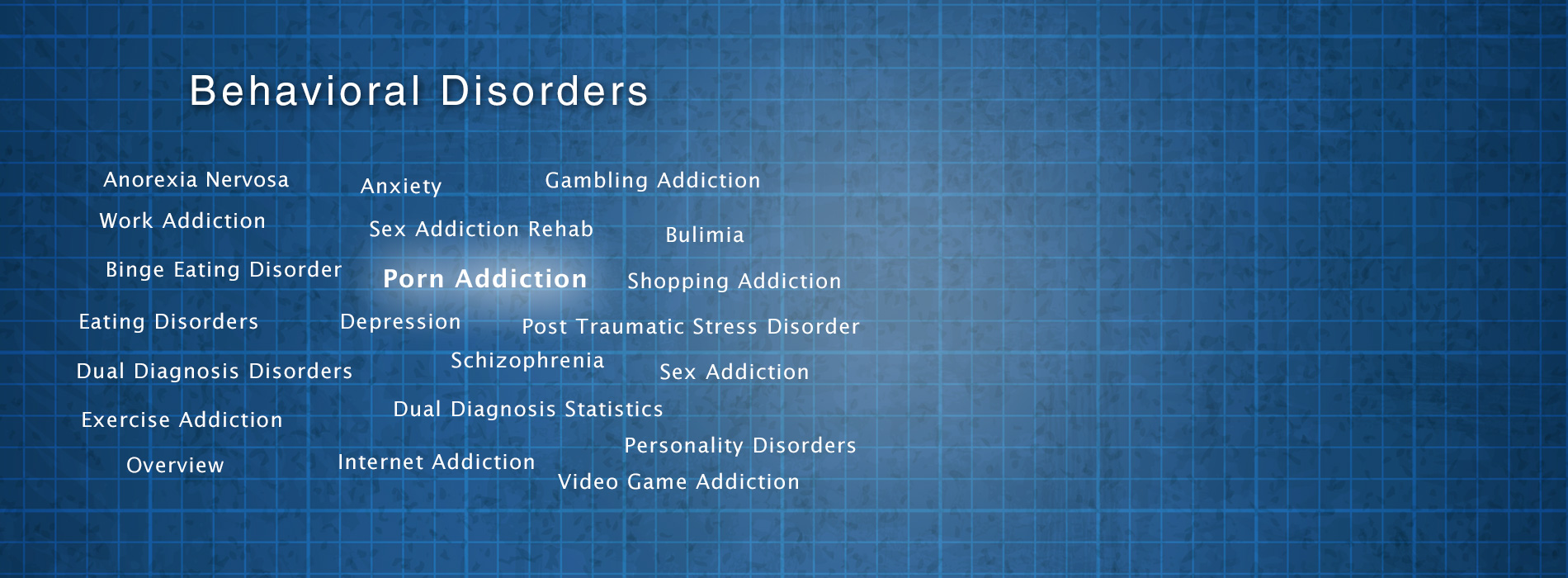Porn Addiction
Porn can be a healthy way for people to live their fantasies or take care of their arousal when they do not have a willing partner. Porn addiction occurs when an individual experiences a compulsion to view porn in spite of negative consequences.There isn’t an official diagnosis for pornography addiction at this time. When the current issue of the Diagnostic and Statistical Manual of Mental Disorders (DSM-5) was being drafted, a diagnosis for sexual addiction was considered that would include a pornography subtype, but there isn’t enough evidence to support including such a diagnosis, as the condition is fairly new. However, most definitions of porn addiction outline symptoms that include preoccupation with pornography, inability to regulate viewing of pornography despite desire to stop, and negative consequences of viewing porn. These negative consequences can include loss of job or relationships, social isolation, depression, decreased productivity, or financial consequences from the cost of the pornography.
Problematic Internet pornography viewing is different from pornography addiction in that it does not include a component of compulsivity. People with problematic internet porn viewing experience the negative consequences similar to those of porn addiction, but do not meet traditional diagnostic criteria for addiction.
Porn addiction or problematic viewing can have negative impacts on sexual relationships. Porn establishes high expectations with low communication. The actors are usually attractive, heightening the viewers physical standards for a sexual partner. The low amounts of communication in porn can make it difficult for the viewer to ask for what they want and set certain standards for sexual acts that cannot be achieved without detailed communication.
Pornography can range from images to videos to live-streams or chats with a real person over the internet. People seeking treatment for internet porn in particular are encouraged to install software that limits or forbids access to pornographic websites. While these types of programs or applications can be worked around if the addict is motivated enough, they can provide an extra line of defense that forces the addict to think about their actions. Monitoring of internet use by another person is also a useful tool to help decrease porn use. This monitoring can be digital, where the person’s activity is recorded for later viewing someone other than the addict, or in person as the activity is occuring.
Treatment for porn addiction often involves cognitive-behavioral therapy, which seeks to identify and interrupt thoughts and emotions that lead to the viewing of porn. This method of treatment has proven very useful for treatment of other addictions and disorders, but insufficient trials have been conducted to prove its use for porn addiction. Porn addicts can find solace in support groups that help people with sex addiction, such as sex addicts anonymous.
Most people who view pornography do not become addicted. Most studies show that around 1 to 5% of internet users are addicted to porn. The causes of porn addiction are unknown, but it takes more than a high sex drive to create an addict. Some specialists theorize that addicts use porn as an escape to boost their low-self esteem. For these people, porn is a fantasy that allows them to escape their reality and feel gratified. These feelings of inadequacy may stem from a mental disorder such as depression or an event such as a breakup.

